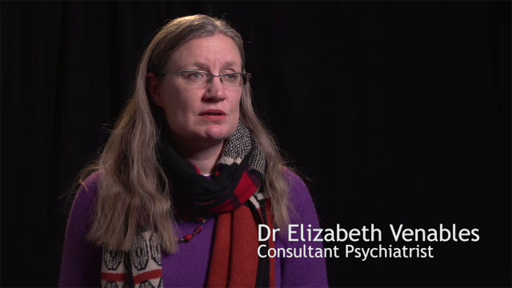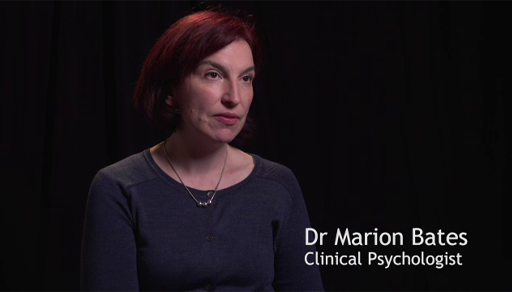2.2 Potential sources of conflict
Multidisciplinary teams, which comprise a range of different professions, can be effective because they combine a range of skills and perspectives to help a young person. Although they aim to work together for the benefit of the young person they are helping, there can potentially be conflict between professions, partly because they might be taking different perspectives on diagnosis and treatment. Family members may also feel in conflict with healthcare professionals if they have strong personal views on the use of medication or talking therapies, or labelling their children with a stigmatising diagnosis.
Clinical Psychologist Lucy Johnstone argues that a medical diagnosis ‘turns “people with problems” into “patients with illnesses”’ and that this can be damaging because the medical meaning essentially displaces the person’s own understanding of their situation and their sense of self (Johnstone, 2018, p. 31). Moreover, she continues, psychiatric diagnoses commonly lead to a sense of stigma and shame ‘by locating the difficulties within the person’ (p. 35) rather than their social environment and life story.
The psychologist’s alternative to a medical diagnosis lies in the ‘psychological formulation’. According to Johnstone (2018, p. 39), ‘it is the difference between the message “you have a medical illness with primarily biological causes” and “your problems are an understandable emotional response to your life circumstances.”’ In creating a psychological formulation, the service user and the practitioner combine their knowledge and skills and together reach a ‘best guess’, or hypothesis, about the roots of the problem and agree a way to move forward.
The next activity will allow you to compare and contrast the perspectives of a psychiatrist and a clinical psychologist as they explain their professional allegiances and discuss how they would help a young woman called Mandy.
Activity 6: A psychiatrist and a psychologist
Watch the two videos of a psychiatrist Dr Elizabeth Venables and a psychologist Dr Marion Bates talking about their work. What are the similarities and differences? Can you identify any potential source of conflict?

Transcript: Video 2: Dr Elizabeth Venables

Transcript: Video 3: Dr Marian Bates
| Similarities | |
| Differences |
Discussion
Comparing and contrasting are useful analytical skills that are commonly used in academic and professional life.
| Similarities | They both have to be registered with a professional body or council. They are both interested in finding out about the person’s life story and the therapeutic benefits of talking. Both recognise the biological, psychological and social aspects of mental health. |
| Differences | The psychiatrist is medically trained and can prescribe medication and in fact medication appears to be central to her work. By contrast, the psychologist does not prescribe medication. The psychiatrist aims to arrive at a diagnosis, whereas the psychologist avoids making a diagnosis and works with the client’s own language for describing and understanding their problem. There seemed to be the potential for conflict over whether or not a diagnosis was needed. |
Next, you’ll consider the role of social media in shaping perceptions of mental health.
